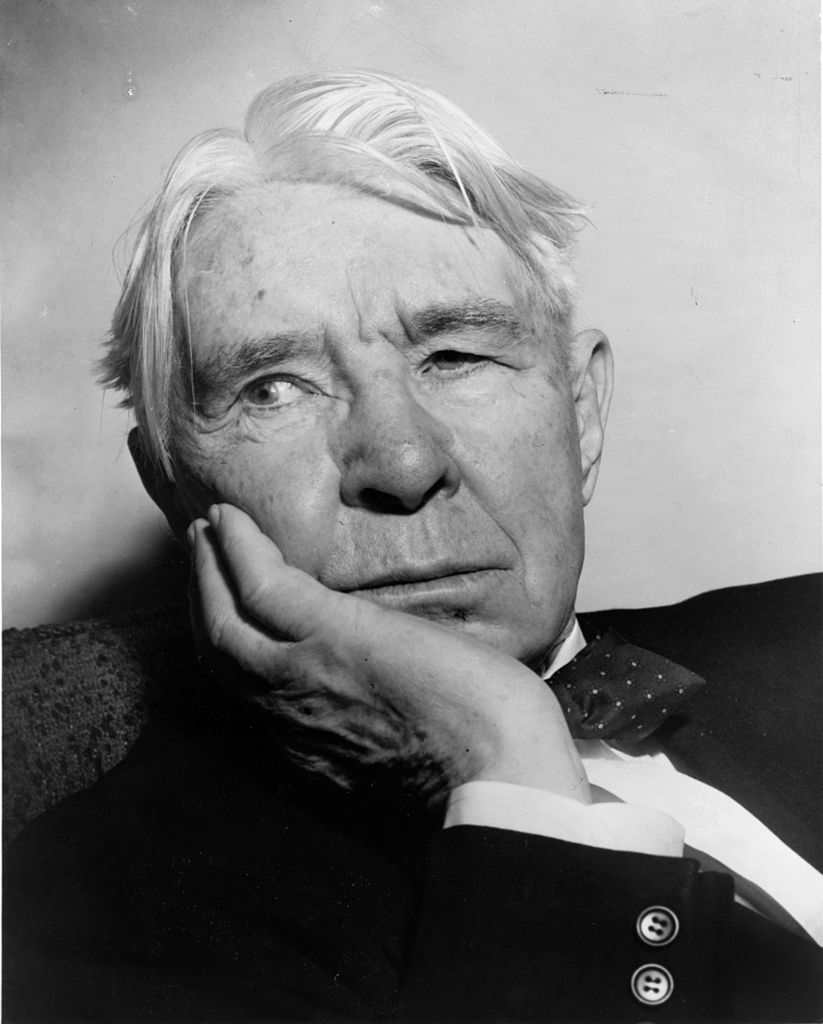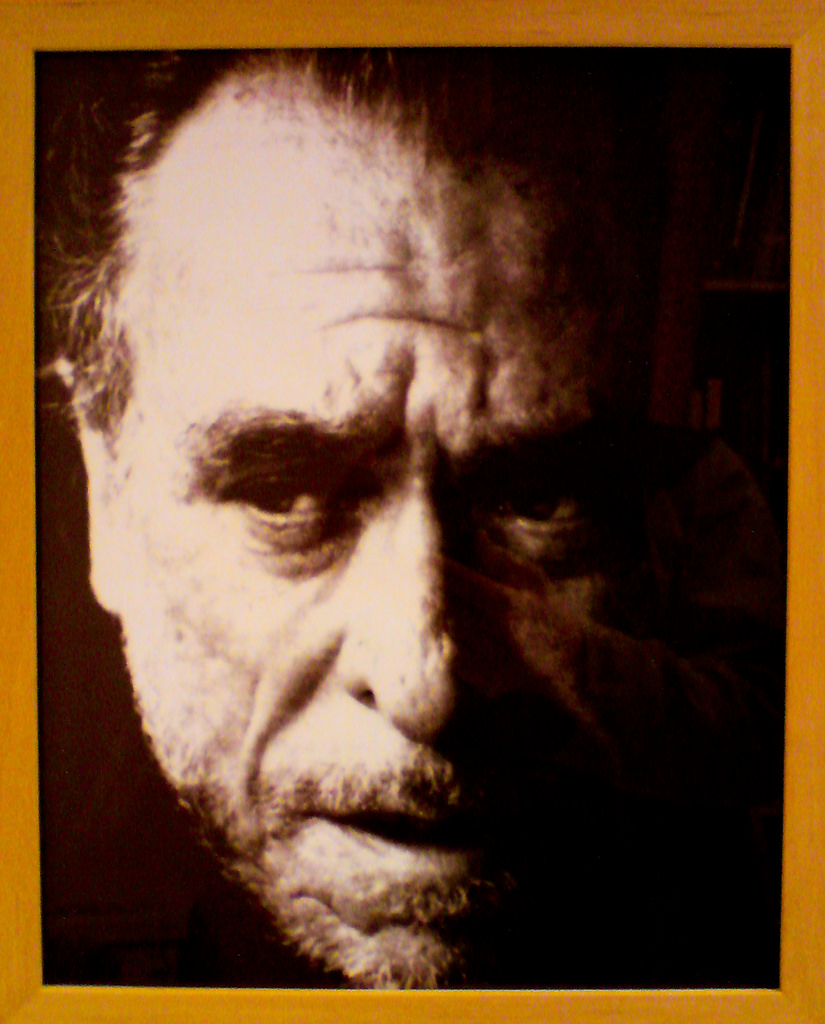Introduction to the Poet :
Christina Georgina Rossetti (5 December 1830 – 29 December 1894) was an English poet who wrote a variety of romantic, devotional, and children’s poems.
Of all Victorian women poets, posterity has been kindest to Christina Rossetti. Her poetry has never disappeared from view. In Rossetti’s lifetime opinion was divided over whether she or Elizabeth Barrett Browning was the greatest female poet of the era; in any case, after Browning’s death in 1861 readers saw Rossetti as the older poet’s rightful successor.
Christina Rossetti was born in Charlotte Street (now 105 Hallam Street), London, to Gabriele Rossetti, and John William Polidori. She had two brothers and a sister: Dante Gabriel became an influential artist and poet, and William Michael and Maria both became writers. Christina, the youngest, was a lively child.
Rossetti was educated at home by her mother and father, who had her study religious works, classics, fairy tales and novels. Rossetti delighted in the works of Keats, Scott, Ann Radcliffe and Matthew Lewis.
In the later decades of her life, Rossetti suffered from Graves’ Disease, diagnosed in 1872 suffering a nearly fatal attack in the early 1870s. She died in Bloomsbury on 29 December 1894 and was buried in Highgate Cemetery.
About Sappho:
The poem ‘Sappho’ is a wonderful portrayal of the loneliness and solitude that one faces and the effects it has on her. The poem highlights the feeling of the speaker and thus acts as a soulful and universal cry for the desolated one.
The Setting of Sappho:
‘Sappho’ is set throughout the passing of the day when the poetess watches others being loved but herself being desolated. The poem also involves a sense of sadness that is evident throughout. From the day dawn to the evening after the dull day passes by and to the night that never breaks into a Morrow, the setting of the poem is throughout the passing of the days.
Rosetti has used beautiful comparisons and imaginations in her poem that she gained from reading the works of Keats, Scott, Ann Radcliffe and Matthew Lewis. When she was 14, Rossetti suffered nervous breakdown followed by depression and related illness. During this period she, her mother, and her sister became deeply interested in the Anglo-Catholic movement that developed in the Church of England. Religious devotion came to play a major role in Rossetti’s life, and also reflected in the poem ‘Sappho’.
Poetic devices in Sappho:
It is a sonnet.
Rhyme scheme: aabbaaaaXXccbb
Stanza lengths (in strings): 14.
Closest metre: trochaic tetrameter
Сlosest rhyme: Limerick
Alliteration:
day-dawn, dull day, death’s dreamless repeats a /d/ sound.
Forgetful of forgetfulness produces a repetitive /f/ sound.
Personification:
“Dull day is passing by”. The day is given an attribute of dullness and as if it is passing by. Thus, this is a personification.
Repetition:
“I sigh” is repeated several times to give an effect to the despair, loneliness and sadness that she faces.
Summary of Sappho:
The poem ‘Sappho’ deals with loneliness and mournfulness. The poem starts with :
“I sigh at day-dawn, and I sigh
When the dull day is passing by,
I sigh at evening, and again
I sigh when night brings sleep to men.”
The speaker says she sighs in the dawn when the day breaks out. She sighs when the cycle of the day goes by that seems dull to her. She sighs again in the evening, and lastly at the night when all men sleep. We still do not know why she is so disappointed and why she sighs. But, it is clear to us, her disappointment and despair have reached such a state, that she sighs.
Next, the speaker goes on to say,
“Oh! It were better far to die
Than thus for ever mourn and sigh,
And in death’s dreamless sleep to be
Unconscious that none weep for me;”
She considers death a better option than being in such a despair and sighing out of mourning and hopelessness. She feels death will be more soothing, saying that the dreamless sleep of death would lull her into forgetting that no one would weep for her when she dies. This means, in reality, even when she sleeps, she is aware that even if she is dead no one is there to weep and mourn for her.
It is here we understand the true meaning and the reason of her sorrow. She is so lonely that she thinks that nobody would care for her even if she is dead. This thought continuously haunts her even in the dream.
Further, she says:
“Eased from my weight of heaviness,
Forgetful of forgetfulness,
Resting from pain and care and sorrow
Thro’ the long night that knows no morrow;”
The weight of heaviness is the heaviness of her heart. The pain in her heart of being the lonely one is too much for her to bear. ‘Forgetful of forgetfulness’ is a very significant phrase here. Here she means to say that the sense of her being forgotten irks her. It pains her to the inner core of her heart. By forgetting that she is already forgotten, the pain will be gone.
Thus, she says from the pain and care and sorrow she will rest. The night, that has no morning refers to the darkness of being forgotten. The night is symbolising her being forgotten and the morning refers to recognition and the end of loneliness. However, the dark night never gives way to the morning. Thus, death would be her most treasured escape.
“Living unloved, to die unknown,
Unwept, untended and alone.”
The last two lines are most wonderful in the poem. The poetess says that it is better to die unknown than living without a recognition, living without love, without being attended to and being alone.
Thus the poem effectively brings out the sense of loneliness and undesired solitude in the poem.
Critical Analysis of Sappho:
The poem ‘Sappho’ portrays the feeling of loneliness and despair, the feeling of being isolated, unloved, uncared and unkempt. This is a direct reflection of Rosetti’s phase of depression, breakdown, and mental illness at the age of 14 when she left school. The feelings of isolation set pangs of pain in the heart.
Throughout the poem, she sighs in unhappiness and sorrow. The speaker cannot express her feelings to anyone because there is no one to pay heed to her. As a result, she only sighs. Even in the dawn, which is supposedly an auspicious time looking forward to the day, she sighs. All the days are dull to her. This is a sign of depression that she had been facing. With the passing of the evening, the night comes. The night to her seems like a night without a morrow, excessively long. This is nothing but a metaphor for her mental state, where light does not penetrate in the darkness of solitude.
She also feels death is a better option because it would give her dreamless sleep, where the dreams of isolation will not haunt her. Further, she believes she is unkempt, uncared for, and unloved. No one would be perturbed on her death. That is why in the end she says:
“Living unloved, to die unknown,
Unwept, untended and alone.”
Central Theme of Sappho:
The central theme deals with death and isolation. Throughout the poem, the speaker speaks about how lonely she is and what her condition is. The pathetic despair, the lack of love and attention puts her in a sorry state. We feel a sense of pity and are perturbed by her loneliness. Further, as she goes on to say that her being alive or dead wouldn’t matter as she sighs throughout the day and night, we are sure of her despair and the loneliness that she faces.
The central theme also deals with death. She repeatedly says that she would rather die than being unnoticed, unkempt, uncared for. She also says that she desires for the dreamless sleep, that is death. Death would be a blessing in her life of misery where even dreams haunt her that she is the forgotten one. Maybe in death, she will find her solace.
The tone of Sappho:
The tone of the poem is melancholy from the beginning and ends in a more sorrowful tone at the end. The tone of the poem reflects the despair, solitude, and loneliness that the speaker faces. From the beginning, the speaker sighs and laments, she mourns because of her loneliness. As we go through the poem, the sorrowful tone is magnified and ends with the wish of death. Thus the tone is melancholic.
Conclusion:
With the soulful cry of an isolated person and the wonderfully woven words, the poem stands supreme in form and one of the best of Rosetti’s work.
Contributor: Bidisha Das
Some online learning platforms provide certifications, while others are designed to simply grow your skills in your personal and professional life. Including Masterclass and Coursera, here are our recommendations for the best online learning platforms you can sign up for today.
The 7 Best Online Learning Platforms of 2022
- Best Overall: Coursera
- Best for Niche Topics: Udemy
- Best for Creative Fields: Skillshare
- Best for Celebrity Lessons: MasterClass
- Best for STEM: EdX
- Best for Career Building: Udacity
- Best for Data Learning: Pluralsight
















